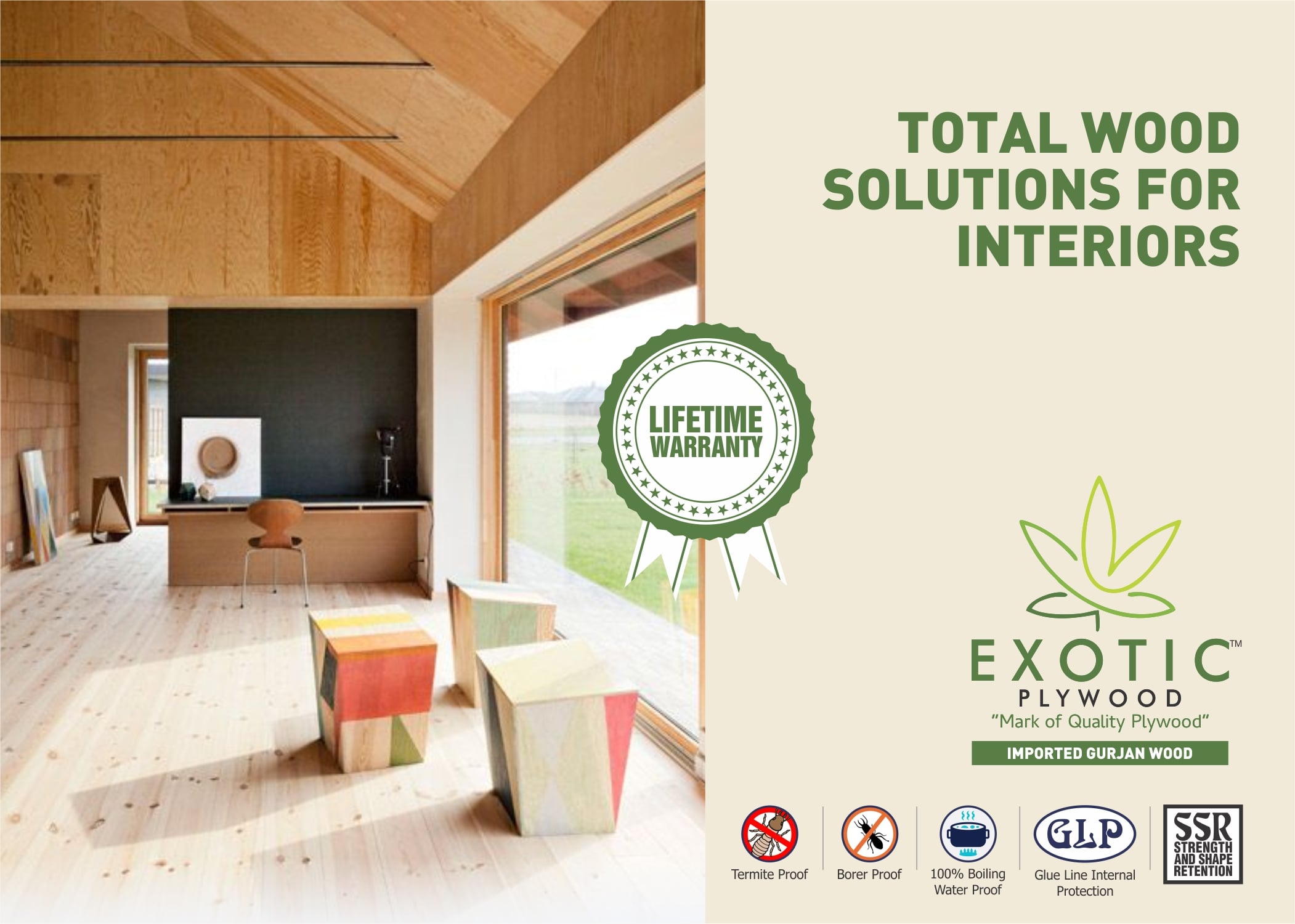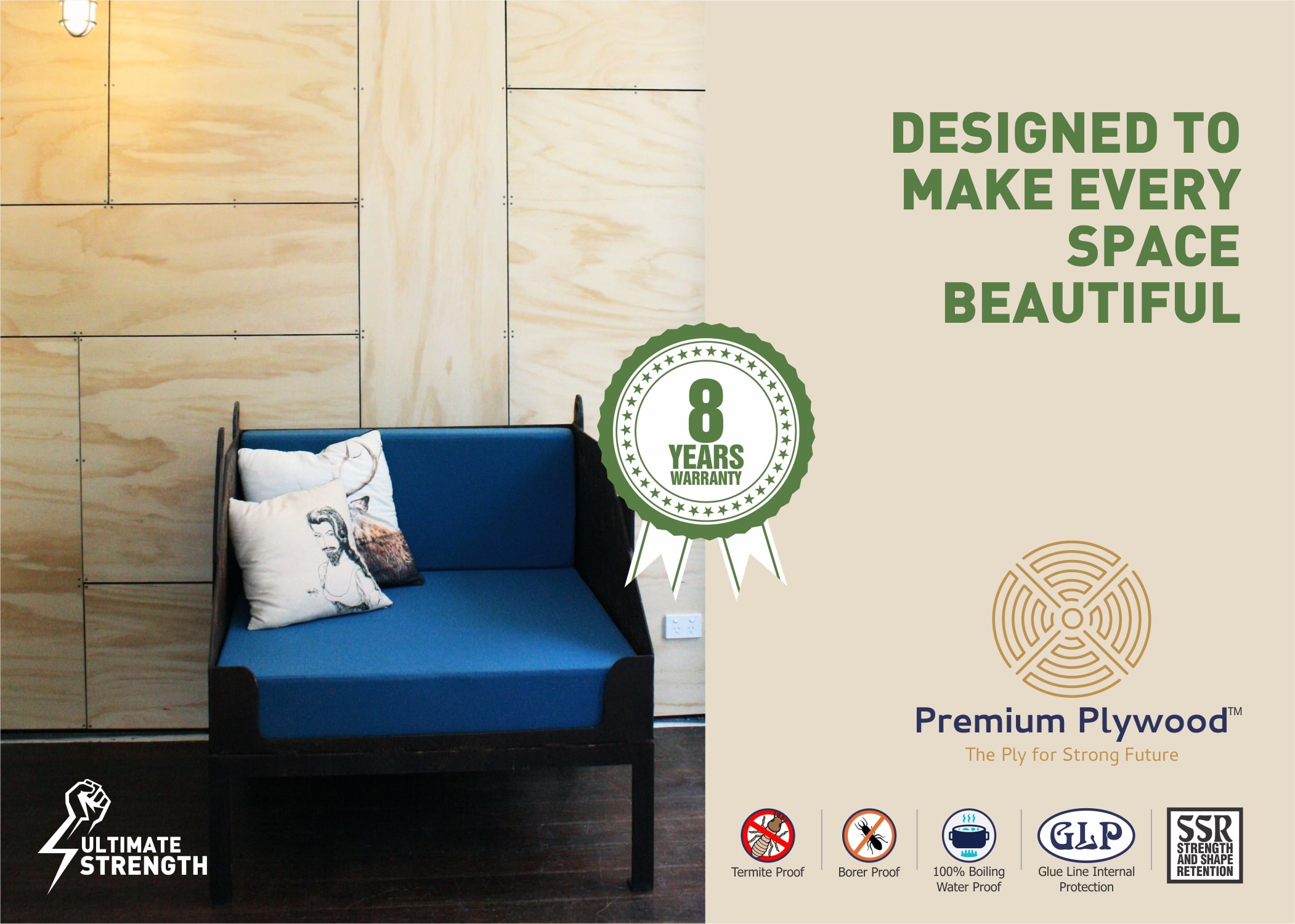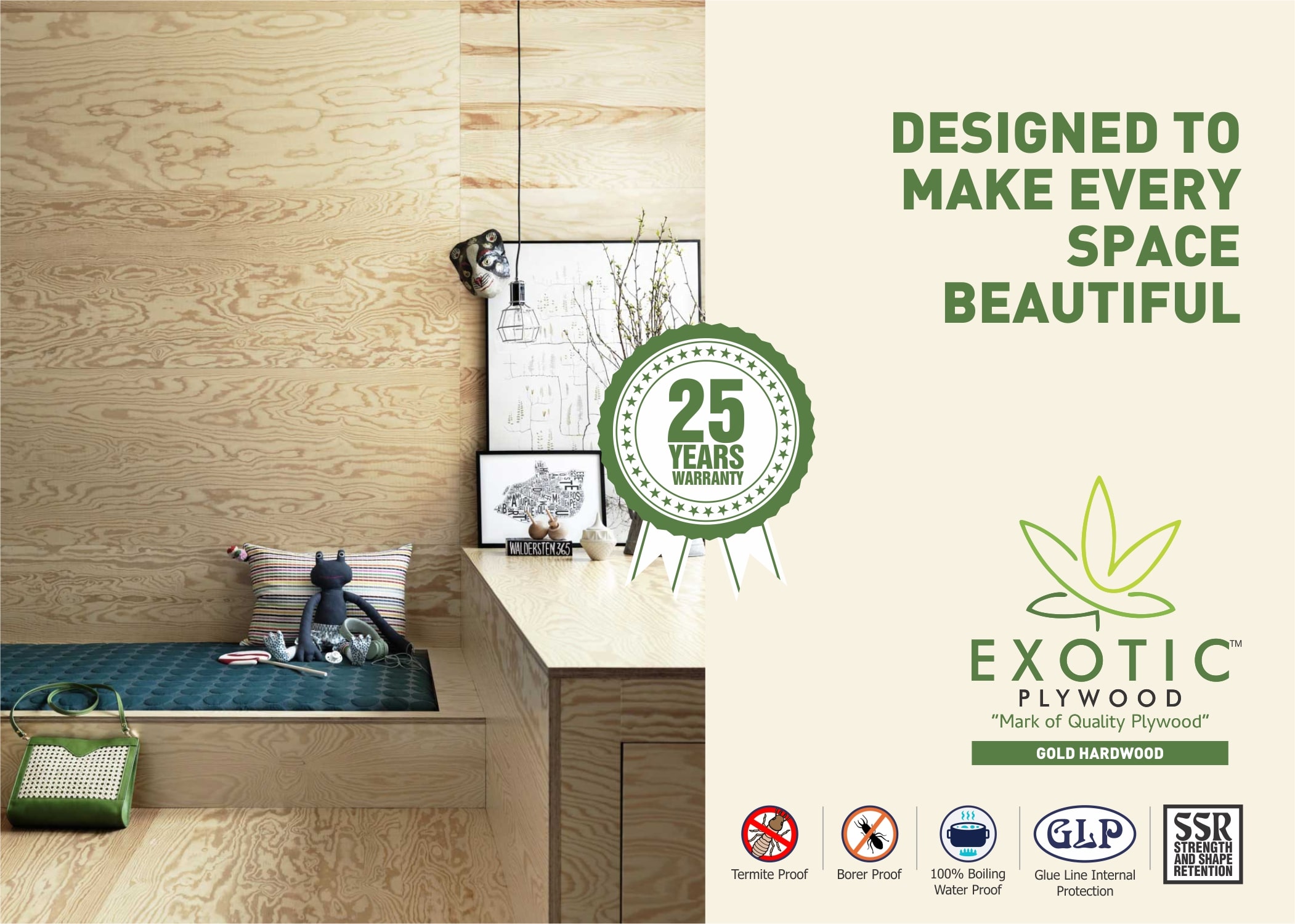Unlock the microscopic genesis of magic with Psilocybin mushroom spores, the legal and essential starting point for fungal cultivation. These invisible blueprints hold the profound potential for a journey into advanced mycology and personal discovery.
Understanding the Legal Landscape of Spores
Understanding the legal landscape of spores can be surprisingly tricky. While spores themselves are often legal to purchase for microscopic research in many places, their intended use is the critical factor. The law makes a clear distinction between spores, which contain no illegal substances, and the mature fungi they can produce. This is why it’s a legal gray area in many regions; you can buy them, but cultivating them is almost always prohibited. Before you even think about acquiring psilocybe cubensis spores, doing your homework on local and national laws is an absolute must to stay on the right side of the law.
Federal Law and the Distinction from Mushrooms
Understanding the legal landscape of spores is crucial for researchers and hobbyists alike. The critical distinction lies between spores themselves and their subsequent cultivation. In many jurisdictions, including the United States, psilocybin mushroom spores are legal to possess for microscopic study because they contain no scheduled substances. However, applying these spores to a growth medium with the intent to produce mushrooms is almost universally illegal. This legal nuance creates a complex environment where possession may be permissible, but any action toward germination constitutes a serious offense. Navigating these **psilocybin spore legality** parameters requires careful attention to specific federal and local laws to ensure compliant and responsible practices.
Navigating State-by-State Regulations
The journey of a microscopic spore begins long before it is viewed under a microscope, nestled within a complex legal framework. Navigating the legal landscape of spores requires careful attention, as their status is not uniform. While the sale of spores for microscopic research is often permissible, their potential for cultivation into controlled organisms places them in a regulatory gray area. This creates a delicate balance for mycologists and enthusiasts, who must prioritize responsible spore sourcing and strict adherence to local regulations to ensure their scientific curiosity remains within legal boundaries. Understanding these spore legality nuances is essential for any serious researcher.
International Legality for Research and Collection
Understanding the legal landscape of spores is crucial for researchers and enthusiasts. While spores themselves are legal in many regions for microscopic study, their cultivation into controlled organisms is often illegal. This creates a complex regulatory environment where intent and application are paramount. Navigating these legal nuances requires careful attention to jurisdictional differences. psilocybin spore legality is a primary concern, as laws can change rapidly. Always verify current statutes with local authorities to ensure full compliance and avoid significant legal repercussions.
The Science Behind Fungal Reproduction
Fungal reproduction is a complex process involving both asexual and sexual mechanisms, allowing fungi to adapt and thrive in diverse environments. Asexually, fungi produce vast quantities of genetically identical spores through mitosis, often in structures like sporangia or conidiophores, enabling rapid colonization. The fungal life cycle becomes more intricate with sexual reproduction, where compatible hyphae fuse. This initiates plasmogamy, creating a dikaryotic stage with separate nuclei, which can persist for extended periods. Eventually, karyogamy merges the nuclei, followed by meiosis to generate genetically diverse spores. This genetic recombination is crucial for evolution and survival, forming the cornerstone of fungal biodiversity and ecological success across nearly every habitat on Earth.
What Are Spores and How Do They Function?
In the quiet of a forest, a mushroom releases countless spores, beginning the intricate dance of fungal reproduction. This process, the fungal life cycle, relies on both asexual and sexual methods to ensure survival and dispersal. Asexual reproduction involves cloning through spores or fragmentation, allowing for rapid colonization. In contrast, sexual reproduction requires the fusion of compatible hyphae from different mating types, creating genetically diverse offspring. These resilient spores then travel on wind or water, seeking new territory to germinate and weave their mycelial networks into the earth, continuing the ancient cycle of decay and rebirth.
The Role of Spores in the Mushroom Lifecycle
Fungal reproduction is a fascinating and diverse process, primarily driven by the production and dispersal of microscopic spores. These tiny, resilient units function like seeds, allowing fungi to colonize new areas. The science behind it involves both asexual methods, like cloning via sporangia, and sexual reproduction, where compatible hyphae fuse to create genetically unique offspring. This incredible adaptability is a key aspect of fungal life cycles, enabling them to thrive in nearly every environment on Earth. It’s this efficient spore dispersal that allows a mushroom to seemingly appear overnight. Understanding these mechanisms is crucial for fields ranging from agriculture to medicine.
Distinguishing Between Different Species
In the hidden world beneath our feet, a fungal mycelium network prepares for a grand dispersal. When conditions of moisture and temperature align, it directs its energy into forming intricate fruiting bodies, like mushrooms. These structures are reproductive powerhouses, designed to produce and release countless microscopic spores into the air. This silent, celestial-like launch ensures the next generation can travel on the slightest breeze. The fascinating process of fungal spore dispersal allows these organisms to colonize new territories, continuing their vital role in ecosystem decomposition.
Acquiring Spores for Microscopy Research
Acquiring high-quality spores is the foundational step for any serious microscopy research. Researchers must source specimens from reputable biological supply companies or established culture collections to ensure purity and accurate taxonomic identification. For specific projects, field collection using sterile techniques is necessary, directly isolating spores from fungi, ferns, or other organisms. This meticulous approach to procuring research specimens guarantees that your observations are based on viable, uncontaminated samples. Securing these pristine spores is absolutely critical, as it directly enables the high-resolution imaging and reliable data that form the basis of impactful scientific discovery and advanced mycological studies.
Identifying Reputable Vendors and Suppliers
Acquiring spores for microscopy research is a critical first step that unlocks a world of fungal and bacterial structures. Researchers must source high-quality, viable specimens from specialized biological suppliers or carefully collect them from the field, ensuring proper identification and ethical sourcing. Microscopy sample preparation begins with selecting spores free from contaminants to guarantee clear, unambiguous imaging. This meticulous process transforms a dormant spore into a vibrant subject for scientific discovery. Proper handling, including sterile techniques and correct storage conditions, is paramount to preserve the spore’s integrity and ensure the success of subsequent analytical procedures.
What to Look for in a Quality Spore Syringe
Acquiring high-quality spores is a foundational step for successful microscopy research, directly impacting the clarity and reliability of your observations. Researchers must source specimens from reputable biological suppliers or meticulously collect them from the field, ensuring proper identification. For optimal results in mycological studies, specimens should be pristine and free from contaminants. Critical steps include selecting a trusted supplier, verifying specimen viability, and preparing sterile mounting techniques. This diligent approach to microscopy specimen preparation guarantees that your research is built upon a solid and uncontaminated foundation, leading to definitive and publishable results.
Ethical Sourcing and Lab-Generated Isolates
Acquiring spores for microscopy research requires meticulous sourcing to ensure specimen integrity and research validity. Researchers must prioritize reputable biological supply companies that provide detailed documentation on specimen viability, purity, and origin. Microscopy specimen preparation begins long before the slide is made, with proper acquisition being the most critical step. Always verify the material is free from contaminants and fixatives unless otherwise specified for your study.
Sterile technique during transfer is non-negotiable to prevent introducing foreign microbes that could compromise your observations.
For specific projects, field collection is an option, but this demands expert identification skills and appropriate permits to avoid ecological disruption or personal exposure to potentially hazardous biological materials.
Essential Tools for the Amateur Mycologist
For the amateur mycologist, a few essential tools transform a simple walk in the woods into a scientific foray. A reliable field guide is indispensable for initial identification, while a sharp pocket knife allows for cleanly collecting specimens at the base without disturbing the mycelium. A wicker basket provides crucial ventilation, preventing your precious finds from becoming a slimy mess. For detailed observation, a hand lens reveals the intricate world of gills, pores, and spores, which is critical for accurate mushroom identification. Finally, a small notebook for documenting location, habitat, and associated trees is vital for building foundational mycological knowledge and contributing to future discoveries.
Building Your Own Sterile Workspace
For the amateur mycologist, success begins with the right foraging gear. A reliable field guide specific to your region is indispensable for initial identification, while a sharp knife, a wicker basket for spore dispersal, and a small digging trowel are fundamental for ethical collection. mushroom hunting essentials also include wax paper or paper bags to separate specimens, preventing cross-contamination and spoilage. Proper documentation of your finds is crucial for advancing your skills. Back at home, a quality compound microscope, glass slides, and chemical reagents like potassium hydroxide become vital for delving into the microscopic characteristics that confirm a species.
Must-Have Laboratory Equipment for Analysis
For the amateur mycologist, a few essential tools transform a simple walk into a productive foray. A reliable field guide is indispensable for initial identification, while a sharp pocket knife is perfect for cleanly harvesting specimens. A wicker basket allows for spore dispersal as you walk, and a small digging trowel is crucial for unearthing the entire base of a mushroom without damage. Proper mushroom identification begins with these fundamental items, ensuring you can collect and study fungi responsibly and effectively.
Proper Storage and Handling Techniques
For the amateur mycologist, a few essential tools transform a simple walk into a scientific foray. The cornerstone is a reliable field guide specific to your region, crucial for safe and accurate mushroom identification. A collection basket, like a woven wicker model, allows spores to disperse as you walk. You’ll also need a paring knife for cleanly harvesting specimens and a small brush to remove debris. For detailed examination, a portable 10x magnifying glass is indispensable for observing gill attachment and spore details. Crucially, always use a foraging basket to carry your finds separately, a fundamental practice for safe mushroom hunting and preventing cross-contamination between species.
Common Applications in Scientific Study
Common applications in scientific study encompass a wide array of tools and methodologies essential for research and analysis. These include statistical analysis software like R and Python, which https://mushroomsporestore.com/ are crucial for data interpretation and hypothesis testing. Laboratory information management systems (LIMS) organize experimental data, while specialized applications for modeling, simulation, and genomic sequencing drive discoveries in fields from physics to bioinformatics. These digital resources standardize procedures, enhance reproducibility, and facilitate the complex data handling required for scientific advancement, making them indispensable in modern laboratories.
Using Spores for Taxonomic Identification
Common applications in scientific study form the backbone of modern research, enabling everything from basic discovery to groundbreaking innovation. These essential scientific research tools include powerful software for data analysis, complex statistical models for interpreting results, and specialized laboratory instruments for precise measurements. For instance, researchers might use a PCR machine to amplify DNA, a mass spectrometer to identify chemical compounds, or a computational model to simulate climate patterns. These applications are crucial for ensuring accuracy, reproducibility, and efficiency across all scientific disciplines, from biology and chemistry to physics and environmental science.
Cultivation Research for Academic Purposes
Common applications in scientific study form the backbone of empirical research, enabling the rigorous testing of hypotheses and the collection of reliable data. These essential research tools, from sophisticated statistical software for complex analysis to standardized laboratory equipment like PCR machines and spectrophotometers, ensure precision and reproducibility across disciplines. Their universal adoption allows for the validation of findings and the collaborative advancement of knowledge, making them indispensable for modern scientific discovery and innovation.
Contributing to Citizen Science and Mycology
Common applications in scientific study are the fundamental methodologies that drive discovery across all disciplines. These essential research techniques include statistical analysis for interpreting data, controlled experimentation to establish causality, computational modeling for simulating complex systems, and peer review for validating findings. The rigorous application of these methods ensures the integrity and reproducibility of results, forming the bedrock of evidence-based knowledge. Mastering these scientific research techniques is therefore critical for any researcher aiming to contribute meaningful insights and advance human understanding.






